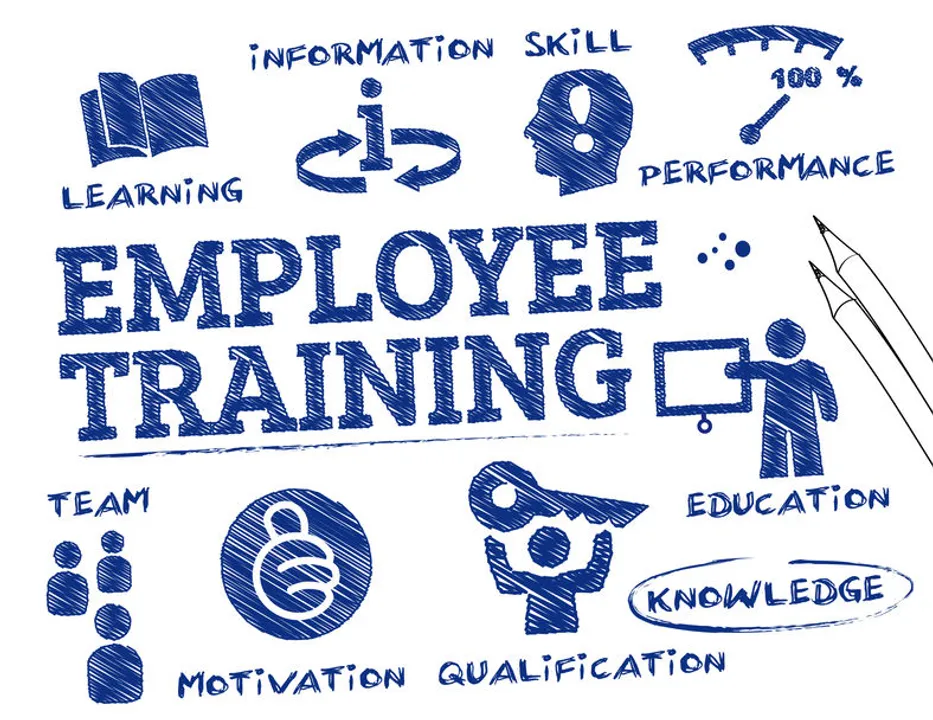Employee Engagement Through Training and Education Opportunities

Jrg Schiemann/123RF.com
Employee engagement is a phrase thrown around a lot these days. It benefits the organization by increasing retention, improved patient safety, increased morale, and increased profit to name a few. Engaged employees are said to be energized, productive, and satisfied. It is up to the employee and the employer to contribute to the success of the initiative. Employees need to be open and take ownership, and the organization must create programs to support the initiative.
An employee engagement program implemented at Moses H. Cone Memorial Hospital showed excellent results. “When Misty Freeman, RN, MHA, CSN, NE-BC, was named the ED’s director of nursing in April 2013, she learned that employee engagement was in the 19th percentile and survey participation rates were only 54%. What’s more, those scores had remained flat the preceding five years, indicating that the staff was disengaged for some time. “In any organization, but especially in a busy ED like ours, it’s crucial to have strong employee engagement,” Freeman said. “That’s what drives behavior that supports high-quality care.” Not only that, employee engagement improved to 82% and participation improved 90% in 2015 (Press Ganey 2016).
Employee engagement reduces turnover that is at least 5% of a healthcare organization’s overall budget. The highest turnover for all employees in the first year is a whopping 28.3% and 25.5% with up to 5 years employment according to the National Health Care Retention Report by Nursing Solutions 2018. Not only that, engaged employees are 47% more likely to have more empathy and concern for patients than those who are disengaged.
Lastly, career development opportunities were among the top ten drivers for nurse engagement according to Nursing World (January 2016), which is the focus of the rest of the article.
Training and Education
A successful development program should include:
- continuous development opportunities that will increase the individual and team competencies;
- relevancy, conciseness, and contributes to the culture and mission of the organization;
- clear career ladders; and
- communication regarding the training, interaction, and feedback
Many organizations face challenges when creating training programs that meet the needs of employees, especially staff who work nights and weekends. Smaller organizations find it difficult to train staff that work nights and weekends. Developing other forms of training access will reduce payroll costs and increase employee satisfaction and engagement by showing your consideration of their personal time.
That said, the following options could be made available to all staff.
In Person: Assign a staff development specialist to work the weekend/night shift so staff can attend training during their work hours. It is preferable by staff, but sometimes that is not possible for night and weekend staff. Typically employees who work weekdays receive this option.
Video Training: Take advantage of new opportunities available by filming your weekday training sessions (including any Q&A) and produce a podcast. The cost is minimal and provides flexibility. In the podcast, include an introduction explaining why the training is needed, such as unit specific training on new equipment or procedures or if it’s organization-wide training, explain how it furthers the mission or helps reach organizational goals. Create an atmosphere where they feel included. Your staff will appreciate it.
Further, include an assessment at the end of CBT to track results. Doing so allows your staff to complete the training at home or work. It benefits both the organization by reducing payroll cost and the employee by allowing flexibility.
Professional Training: Not all healthcare organizations can create professional training outside the workplace. However, if it is within your budget, establishing a relationship with a nearby 2-year college and developing specific courses will benefit employees and the organization. With this option, it is best to set up a tuition reimbursement program. Not only does this promote skill development toward advancement, but it would also benefit the organization by establishing a pipeline for those targeted for leadership roles in the succession plan as baby boomers retire.
How do you target employees for leadership roles? One surefire method is to implement the 9-box system. This system enables you to select certain employees using specific criteria to determine who has the capability for leadership roles. The ability for staff to participate in this development program will encourage staff to stay with you — especially those whose career goals include leadership healthcare roles.
Training and education is an excellent option for increasing employee engagement and reducing turnover as shown above. If your organization needs transformation, consider this as part of your initiative.
Related Posts
